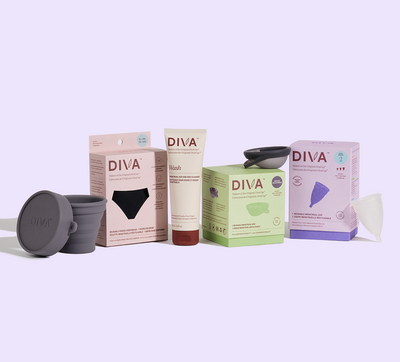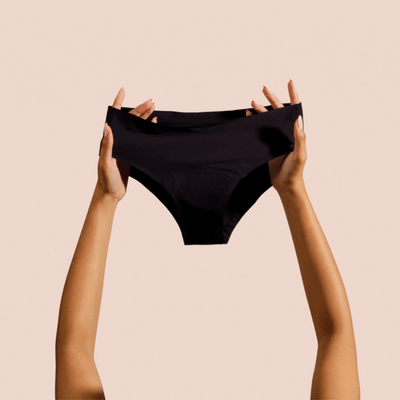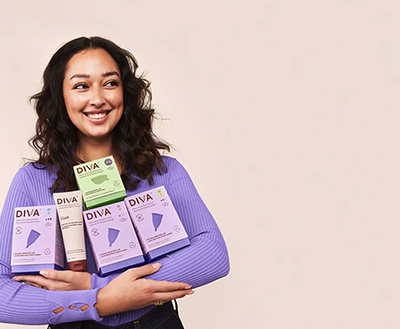
In this article /

This article originally appeared in Bloomi's Intimate Talk.
We all have intimate hair — also known as pubic hair — and many of us have a routine to groom this hair in our intimate areas. Let’s talk about it.
Intimate hair is darker, thicker hair that grows in the genital regions. Some people have more fur than others and choose to groom by shaving, waxing or using a laser hair removal. In fact, according to a study by the University of California, San Francisco, about 80% of women between the ages of 18 and 65 remove some or all of their pubic hair. Others prefer to go au-naturale, trimming their bushes for maintenance.
All of these approaches to bush maintenance are considered pubic hair routines, and each one comes with its own timeline and usage of products. Similar to skin care, bedtime and self-care routines, you have the freedom to introduce new methods, frequencies and products.
Ahead, we’re breaking down pubic hair basics and offering a step-by-step guide for creating a pubic hair routine that works best for you.
Pubic hair 101
Did you know we actually benefit from having pubic hair? Yup! Pubic hair protects the genitals from bacteria or other pathogens. When we remove it, our intimate areas become more susceptible to irritation, itchiness or infection. Experts have even referred to pubic hair as a “dry lubricant” that helps prevent friction during sex or other activities like exercise.
Although pubic hair is a natural protector and does not need to be removed, there are safe practices you can take to maintain your intimate areas’ health, especially post-pubic hair removal. Here’s how.
How to build a pubic hair care routine
Step 1: Know your intimate areas
The first step to building an intimate hair care routine is to get to know your intimate areas and intimate skin. For example, it’s important to remember that vulva skin has a high concentration of sweat glands, hair follicles and blood flow.
Vulva skin cells are about seven-to-10 times more permeable than other exposed skin on the body, allowing for substances to penetrate the skin more easily and enter the bloodstream in a matter of seconds.
All this to say, intimate skin is extremely sensitive and should stay away from toxic ingredients like glycerin, parabens, phthalates, dyes or synthetic fragrances that disrupt sensitive, intimate areas.
Step 2: Select your preferred pubic hair grooming style and method
Whether you prefer to remove your pubic hair completely, give it a little trim or let it all grow out, itchiness or irritation from ingrown hairs may come up from time to time. When these flare-ups happen, it’s important to give your intimate areas some room to just “be.” You can do this by wearing loose clothing, allowing two-to-three days of hair growth in between pubic hair removal sessions and by keeping your intimate areas clean and moisturized on a daily basis.
Step 3: Create your lineup of clean intimate skin products
There’s one item everyone should have in their pubic hair care routine: Nourish Intimate Skin Moisturizer. We recommend first cleansing your intimate skin with a gentle, unscented intimate skin foaming wash like Cleanse during your shower routine. Then, follow up with Nourish, a clean, oil-based intimate skin moisturizer that helps gently moisturize intimate skin and soften pubic hair.
It’s best to use Nourish while the skin is still a little damp; this helps the skin absorb and benefit from the product’s plant-based properties, like organic castor oil, which softens pubic hair and promotes healthy hair growth. Melt a pea-sized amount in between your fingertips and apply on external intimate areas like the outer labia, penis, inner thighs or anus.
A word on self-love and grooming styles
It’s natural to dread the discomfort or even pain of grooming pubic hair. It’s also common to feel the societal pressures to remove pubic hair completely. We want to remind you that you get to choose a grooming method, style and frequency that feels good for you and prioritizes your comfort. As long as you remain in tune with your intimate areas and use clean, gentle products, grooming your pubic hair can absolutely be an act of self-care and self-love.















